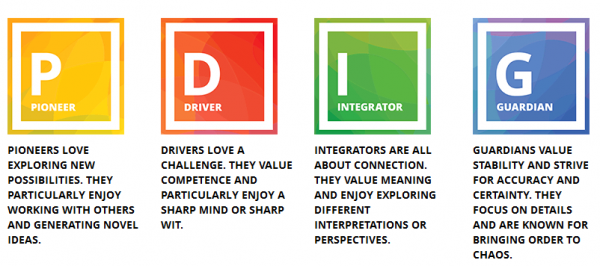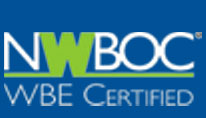The New Science of Teams
February 1, 2017 • Team Styles
Introduction
In a newly published article in the March/April 2017 Harvard Business Review, Johnson Vickberg & Christfort discuss Deloitte’s “Business Chemistry”, a relatively new assessment that is designed to help leaders improve team performance, enhance efficiency and increase productivity. It does this through a greater understanding of how team members generate ideas, solve problems and make decisions.
Citing the need for better tools to improve team working, the authors describe how the “Business Chemistry” system was developed using brain science. The authors discuss the four profiles that make up this assessment and how teams can be enhanced using the information drawn from this assessment.
“When teams fall short of their potential, it’s often because leaders don’t know how to manage the differences in how people approach work.”
Methodology
This assessment was developed specifically for business use, undergoing a rigorous process that consisted of the following steps:
- Consultation with biological anthropologist Helen Fisher at Rutgers University to understand what brain chemistry tells us about people’s styles and interactions in romantic relationships
- Compilation of business related traits and preferences
- Survey design, development and testing with the aid of a survey development company
- Collaboration with molecular biologist Lee Silver of Princeton to mathematically arrive at the four work styles using business population data
To date, more than 190,000 people have completed the assessment, allowing follow up studies to examine how each style responds to stress as well as conditions that allow each style to be successful.
The Four Styles
The authors explain that while each of us is a composite of all four styles, most use just two to generate ideas, solve problems and make decisions. Understanding the team’s styles provides a common language (much like the Myers Briggs Type Indicator – MBTI) as well as insights on how to accommodate different styles while leveraging strengths. An overview of the four styles is shown below. Download the Business Chemistry Types for a more detailed overview.

Business Chemistry Profiles At A Glance
You can take the 20 question assessment to assess your own styles and test a hunch about a colleague.
This HBR article also explores:
- The typical Leadership Profile (most are Pioneers or Drivers)
- The Stressed-Out Profile (Guardians and Integrators experience most stress)
- Case studies – how understanding personality has helped five executives to become better leaders by Alison Beard
- A conversation with Helen Fisher who shares her perspective on why Business Chemistry is better than the MBTI and Big Five personality instruments by Alison Beard
- A brief history of personality tests by Eben Harrell, Senior editor at HBR
References and Reading
- Business Chemistry Website – learn more about this assessment, watch videos and take the 20 question assessment.
- Business Chemistry Self-Assessment – take the assessment as yourself or someone on your team (Hunch) to begin understanding your own and other styles and how best to communicate with them.
- Business Chemistry Blog – posts cover the four team styles, providing insight and understanding on how relationships fuel our work.
- HelenFisher.com – to learn more about Helen Fisher’s work including videos/TED talk.


